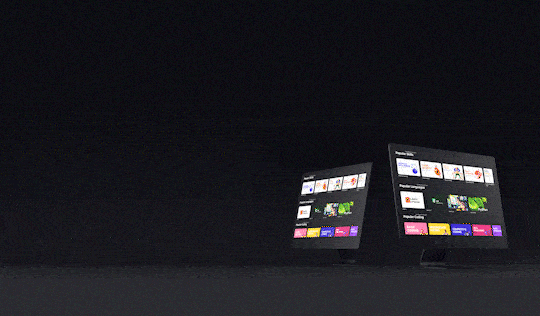0
Notifications Mark All Read
- Login
- Get Prime
Real Time Operating System in OS
Real Time Operating System
Operating systems (OS) play a crucial role in managing computer resources and providing an interface for users to interact with their devices.
One type of operating system that stands out in its specialized functionality is the Real-Time Operating System (RTOS).In this article, we will explore the fundamentals of RTOS, its features, applications, and challenges.

Understanding the Basics of Operating Systems
An operating system acts as an intermediary between the hardware and software of a computer system, managing tasks, memory, storage, and input/output operations.
It provides a layer of abstraction that enables applications to run efficiently on various hardware platforms.Unlike general-purpose operating systems, such as Windows or Linux, which prioritize fairness and resource sharing, RTOS prioritizes responsiveness and deterministic behavior.
Types of Real-Time Systems
- Hard Real-Time Systems: In hard real-time systems, missing a deadline can have catastrophic consequences. These systems are used in critical applications such as aerospace, medical devices, and industrial control systems, where timing accuracy is of utmost importance.
- Soft Real-Time Systems: Soft real-time systems have more relaxed timing requirements. While missing a deadline in a soft real-time system may not result in catastrophic failure, it can lead to degraded performance or reduced system efficiency. Multimedia streaming, video games, and interactive applications often fall into this category.
Firm Real-Time Operating System: The firm real-time operating system operates within time constraints, for example, Visual inspection in industrial automation, video conferencing, etc. The time limits in these systems are not stringent, but if these deadlines are missed, it is highly likely that some undesired results may occur.
Applications of RTOS in Embedded Systems
RTOS facilitates real-time control and coordination in various embedded system applications, including:
- Robotics and automation systems
- Medical monitoring and diagnostic devices
- Aerospace and avionics systems
- Automotive systems and driver assistance
- Industrial control systems
- Home automation and smart devices

Using an RTOS in embedded systems offers several advantages, including:
- Deterministic and predictable behavior
- Efficient resource utilization
- Real-time response to external events
- Task isolation and protection
- Simplified development and debugging
- Scalability for varying system complexities
RTOS in IoT Applications
RTOS enables real-time monitoring, control, and coordination of IoT devices. It ensures timely data processing, event handling, and communication, making it essential for various IoT applications such as:
- Smart home automation
- Industrial IoT (IIoT)
- Wearable devices
- Environmental monitoring
- Healthcare and telemedicine devices
Benefits and Challenges of Using RTOS in IoT Devices
Using RTOS in IoT devices offers benefits like deterministic behavior, low latency, and efficient resource utilization. However, it also presents challenges in terms of security, power optimization, and managing diverse device architectures. Striking the right balance between real-time requirements and IoT constraints is crucial.
Conclusion
Real-Time Operating Systems (RTOS) provide a specialized platform for time-critical applications, ensuring determinism, fast response times, and efficient resource management.They find extensive usage in embedded systems, IoT devices, and various industries such as aerospace, healthcare, and automotive.
While working with RTOS comes with challenges, their benefits make them invaluable in scenarios where timing accuracy and reliability are paramount.
Prime Course Trailer
Related Banners
Get PrepInsta Prime & get Access to all 200+ courses offered by PrepInsta in One Subscription
Get over 200+ course One Subscription
Courses like AI/ML, Cloud Computing, Ethical Hacking, C, C++, Java, Python, DSA (All Languages), Competitive Coding (All Languages), TCS, Infosys, Wipro, Amazon, DBMS, SQL and others

 0
0



Login/Signup to comment